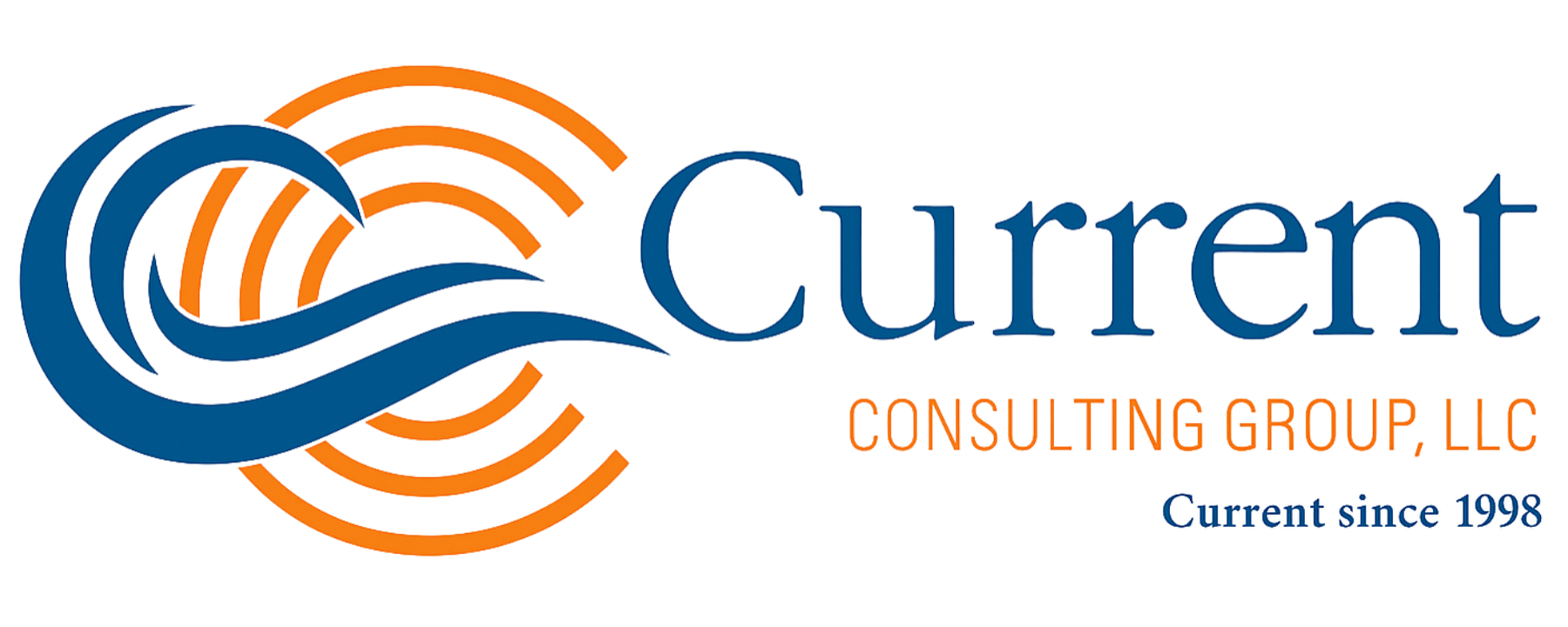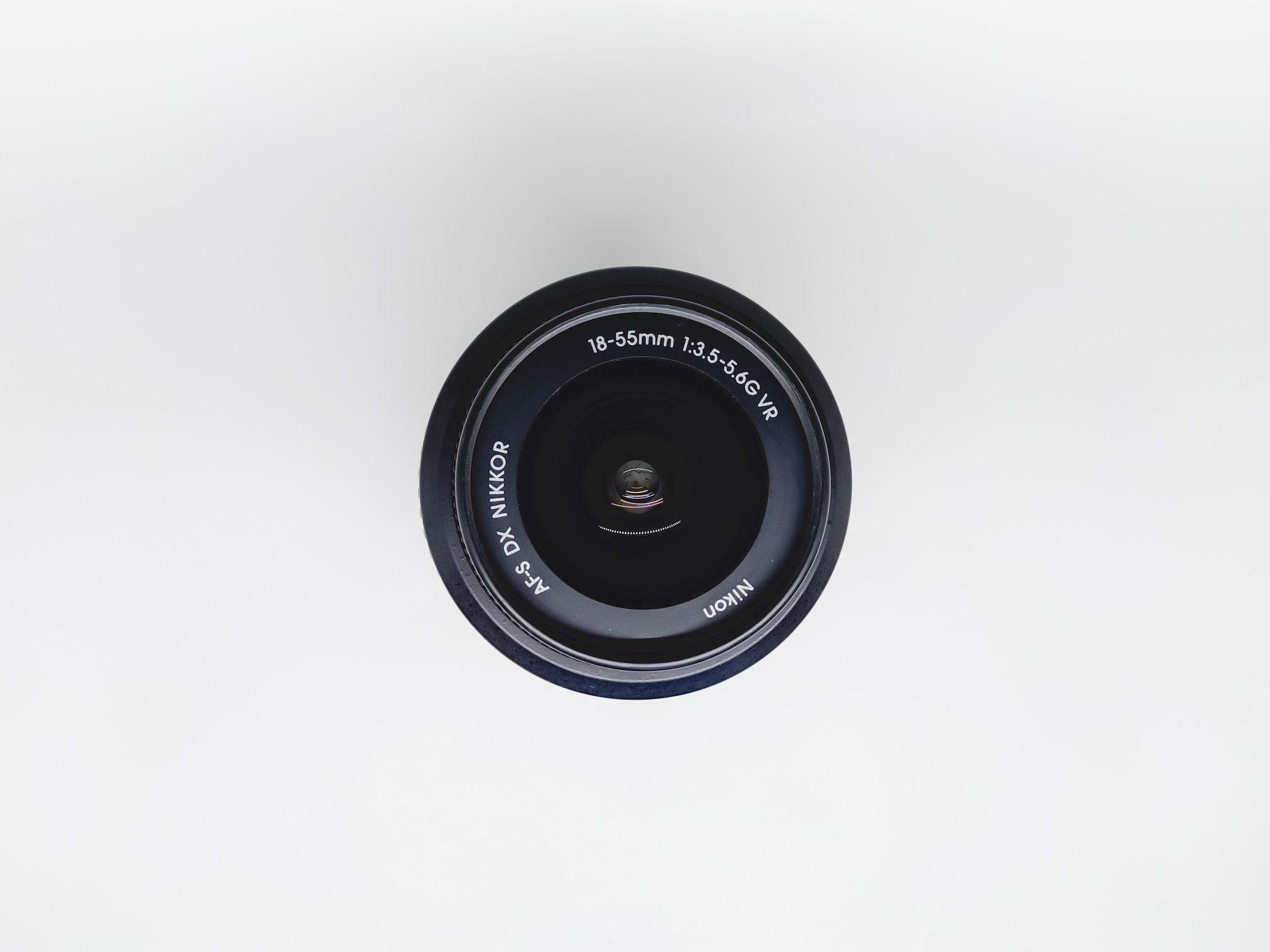Through the Collector’s Lens: Part 1
This information is provided for educational purposes only. Reader retains full responsibility for the use of the information contained herein.
Since March of 2006, I have worked in the drug testing industry. A large portion of that time was spent performing various sample collections and tests. Although this article may not be as informative as previous entries, perhaps sharing some of my experiences will shed some light on what collectors and technicians experience and emphasize the importance of this role as it relates to the entirety of the drug testing process.
In previous articles for the CCG monthly newsletter, I have discussed topics such as state and federal regulations, medical review processes, collections, and other aspects of the drug and alcohol testing industry. This month I decided to depart from that traditional structure, and instead share a handful of personal experiences, specifically in the role of a collector. Lastly, I will reflect on these experiences and briefly discuss how they impacted me as a collector and influenced my path in the drug testing industry.
A Stubborn Police Officer
I was fairly new to being the on-call collector for after-hours clients when the call came in at 1 am. A police officer was involved in a collision while on duty, and therefore required to complete a post-accident drug and alcohol test. I met the officer and his supervisor at the collection shortly after receiving the call, and the officer was all but pleased to be pulled from duty. I discussed the process with him and first completed the alcohol test without issue. Next, I initiated the urine drug screen, but he was not able to provide a sufficient sample to test.
I explained the insufficient volume procedure to the officer and offered the allotted amount of liquid to drink. His response was that he understood he had up to three hours to provide a sample, and that he intended on taking every minute of that time. With only so much control, i.e., fluid consumption limits, time limits, and waiting at the collection site, I realized I was stuck until the officer could provide a sufficient sample. Frustrated, I quietly waited with ample time to question whether this was an industry I wanted to serve. Despite the officer’s stubbornness, I learned that a sample collection may be as short as a few minutes, or as long as three hours.
Helicopters and Oil Platforms
A client my employer had at the time ran the offshore oil and gas platforms out of Nikiski, Alaska. Instead of the traditional random-selection process of selecting a percentage of participants, individual platforms were selected, and the entire crew of the selected platforms was tested to fulfill the random testing requirements. This was one of my first times being dispatched to the field to perform on-site collections. I had no idea what to expect and this experience would certainly become a trial by fire.
After watching a brief helicopter safety video and donning my fluorescent orange survival suit, I waited for my helicopter flight to the first of four platforms. The flight to the first platform lasted much longer than the flights between each of the rest, but the entire day flew by as we conducted collection after collection. The volume of personnel on each platform ranged from 10 crew members up to 60, all who needed to be tested before the scheduled departure to the next platform. With the help of a fellow collector, we were able to complete nearly 200 collections in a day. Although the pace was grueling, I felt lucky that my introduction to field collections took me there.
Unlucky Ducks
During another field assignment in Alaska, I was now on the northern end of the state, known as the north slope, also where the oil and gas industry has a stronghold. I had finished up some drug and alcohol tests at a drilling rig and started making my way back to the main camp to catch my flight home. Rules for travel on the north slope are exceptionally strict, especially when it comes to wildlife. The intent is to disrupt the environment as little as possible; therefore, wildlife always has the right-of-way.
The company expediter who was driving me noticed a family of ducks crossing the road, so he came to a stop. I asked why he couldn’t just honk the horn to encourage the ducks off the road. This is when I learned that with few exceptions, hazing wildlife on the north slope at any capacity could be deemed a terminable offense.
We waited for a few minutes, then waited some more. We were on the ducks’ time, and they did not care that I had a plane to catch. I ended up missing my flight and had to stay overnight to catch the morning departure. I couldn’t help but laugh at the irony of flightless birds forcing me to miss my own flight.
Reflection
After looking back at each of these stories, I think each one has a unique way of emphasizing integrity. Whether that is the integrity of the collection process, or the integrity of upholding the rules and requirements of field testing. I feel lucky to have so many different experiences in the drug and alcohol industry, but one thing remains constant. The process begins with the sample collection. Should anything go wrong during this process, it is the collector’s responsibility to ensure that the problem is corrected. If the collection process is compromised in any way, it could impact the remainder of the drug testing process is a detrimental way.
Despite the collection initiating the drug testing process, the importance of integrity remains throughout all facets of the process. From shipping the sample to a laboratory, the testing process, medical review officers verifying results, and employers upholding the policies that govern their organizations, integrity has an equally important role. Having learned this early on has allowed me to continue a rewarding career in the drug testing industry.



